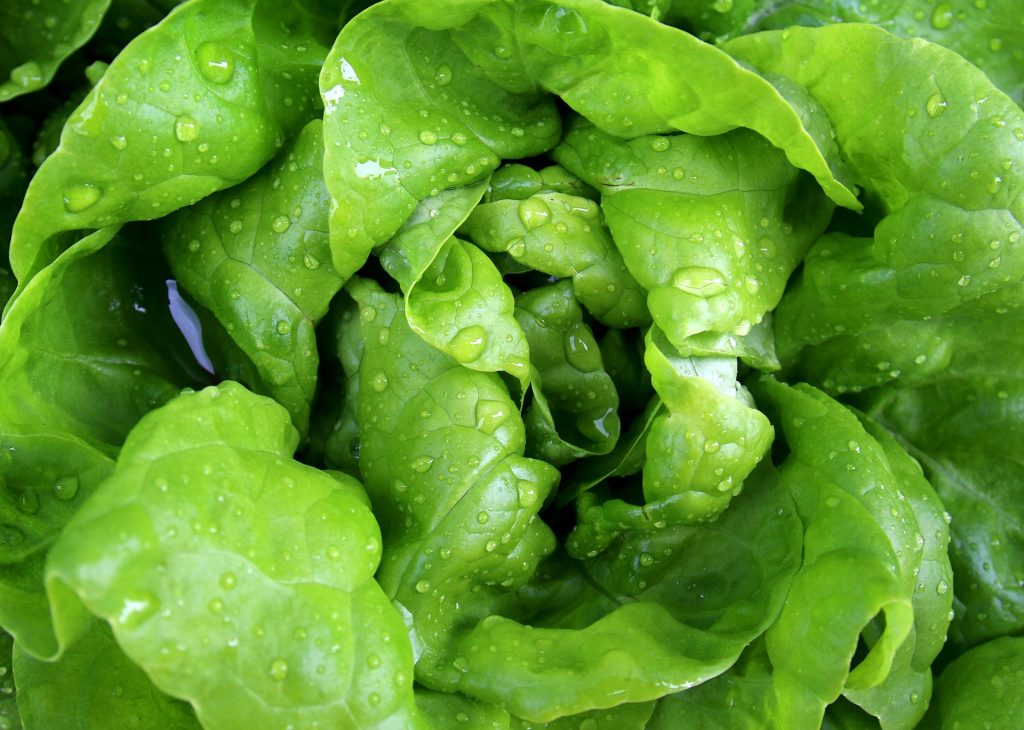Growing Salad Greens
Growing salad greens is easy and satisfying – there is no greater reward than creating a summer salad sensation from your own garden. And with a bit of planning, you can enjoy an almost continuous supply year-round.
Gardeners now have access to a wide range of salad plants – with remarkably diverse textures, colours, shapes, flavours and seasonal preferences.

There are four main types of lettuce. Hearting lettuces (like the traditional Iceberg) grow relatively slowly and are harvested as an entire plant. Non-hearting or leaf types (such as Oakleaf) mature faster, producing loose bunches of crinkly or frilly leaves that can be harvested progressively. Butterheads (such as mignonettes) have smooth leaves and a loose formation. Romaine or cos lettuces have tall leaves that are ribbed and grow upright.
Site and soil
Salad greens like to have the best position and conditions in the garden and tend to bolt to seed if they don’t get them. They prefer rich soil. Use well-decomposed compost to prepare the soil as fresh compost may burn young plants. Salad greens would happily follow a green manure crop.
Daytime temperatures up to 20 degrees are ideal for growth. In warmer periods, choose shaded areas of the garden or erect a cloche.
Planting
If using seeds, sow them thinly (with river sand if necessary) and not too deeply in a mulch-free area and water in. They should germinate in around 7-10 days.
If you have a large enough area and a taste for salads, try monthly plantings to replace harvested plants and to ensure a continuous supply. A space of around 30cm is recommended for each plant.
Cultivating
For successful plants need to grow consistently and quickly. Because they have shallow roots, they need a ready supply of nutrients and water to prevent the plants becoming stressed and subsequently bitter or prone to bolt.
Use mulch to prevent moisture loss. Water in the morning when possible to reduce the likelihood of disease.

Harvesting
Plants should be ready for harvest in around 7 weeks. For non-hearting types, pick individual leaves as you need them, from the outside of the plant (but make sure you leave enough for the plant to be able to photosynthesise). For hearting varieties, cut the whole plant once it’s large enough to use.
Vitamin content and flavour are at their peak when freshly harvested.
Problems
The biggest challenge for salad growers is the constant attacks from snails and slugs. There are many tips on how to deter them, including: removing them by hand, creating physical barriers like eggshells or sawdust, using organic sprays made from unpalatable plants, encouraging natural predators such as lizards and birds, and removing potential breeding sites.
Mildew diseases can be a problem – these are often caused by unsuitable garden conditions.
